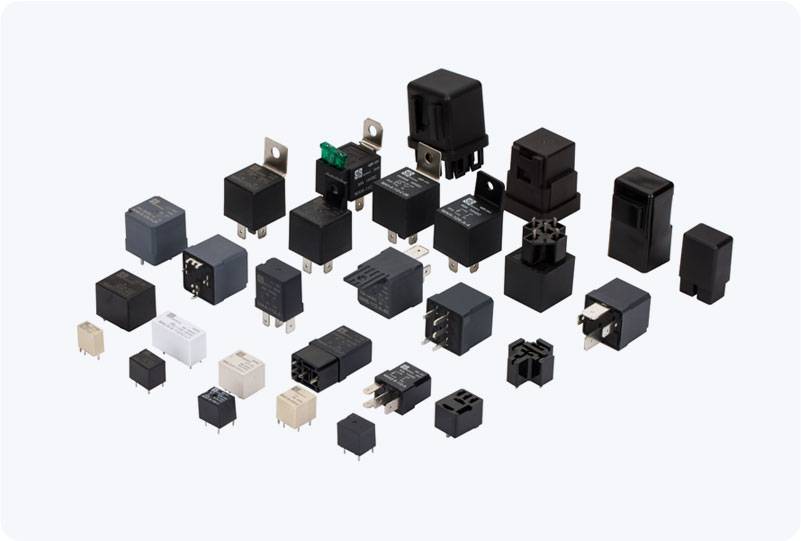understanding the electromechanical relay: a key component in modern electronics
Release time:2025-04-22 11:34:56
An electromechanical relay (EMR) is a fundamental electronic component widely used in various electrical systems. As the name suggests, it operates through a combination of electrical and mechanical principles, offering versatile switching capabilities for a wide range of applications. From household appliances to industrial machines, electromechanical relays serve as crucial elements for controlling circuits and enabling automation. This article delves into the working principles, types, advantages, and applications of electromechanical relays, providing a comprehensive understanding of this essential technology.

Working Principle of an Electromechanical Relay
An electromechanical relay is composed of several key components: an electromagnet, a set of contacts, and a spring mechanism. When an electrical current passes through the coil of the electromagnet, it creates a magnetic field. This magnetic field attracts a movable armature that is mechanically connected to a set of contacts. The movement of the armature either opens or closes the contacts, thereby controlling the flow of current in the circuit. Once the electrical current is switched off, a spring restores the armature to its original position, returning the contacts to their initial state.


